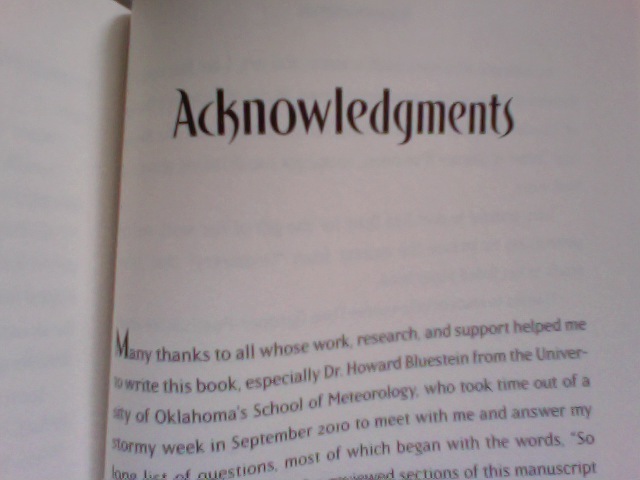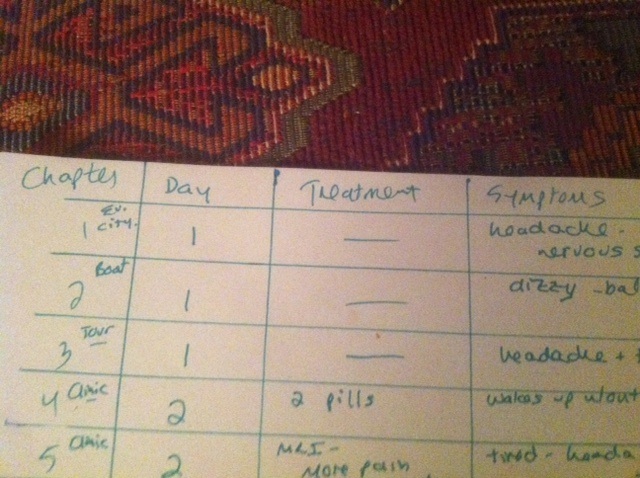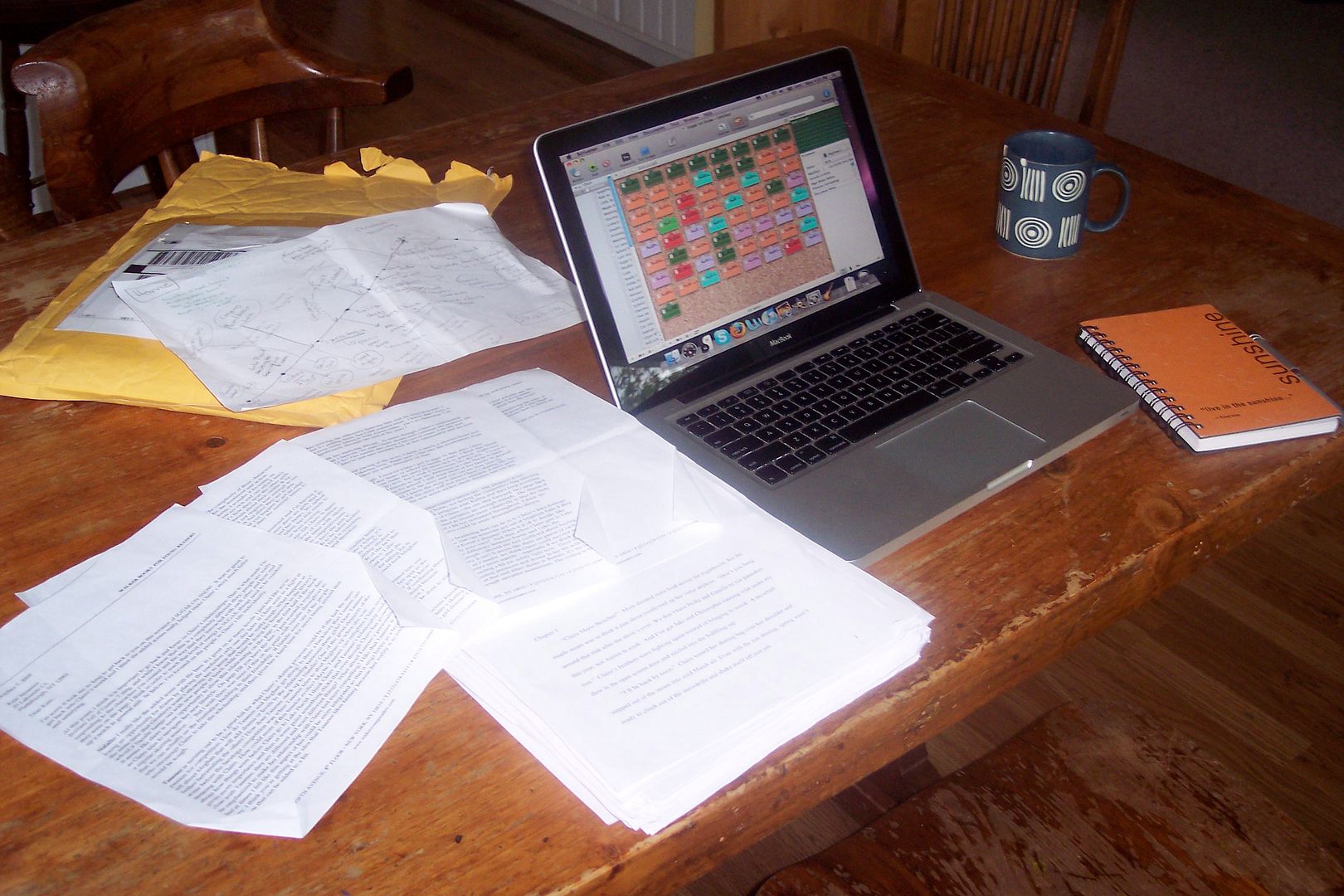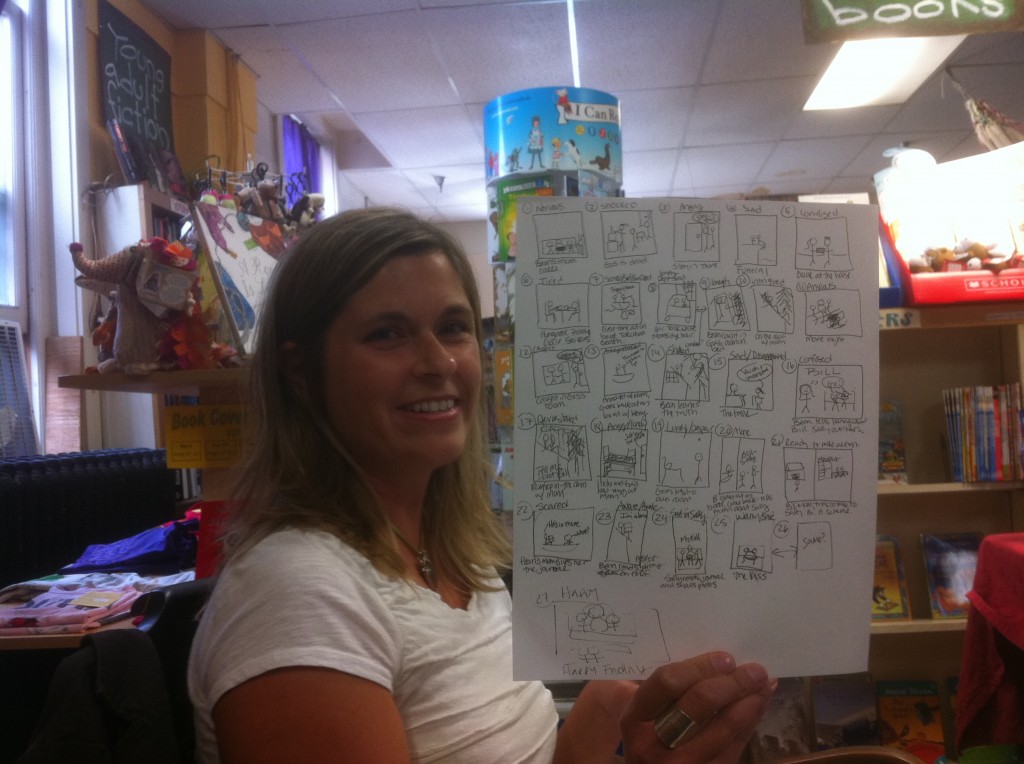When I’m visiting a city for school or library visits, I always love to see the area, so I was thrilled when San Antonio librarian friends Cari, Sue, and Natalie asked if I’d like to join them for dinner on the River Walk last night. We enjoyed some great Mexican food, the weather was perfect (it’s no longer outdoor dining weather at home!), and the view was spectacular.
After dinner, they took me to see the Alamo because you simply cannot leave San Antonio without having your picture taken at the Alamo.
Mission accomplished! From left to right, that’s Natalie Watts, me, and Cari Young. It’s fascinating to me that this gorgeous historic site is right in the middle of downtown San Antonio, next to a mall, in fact.
The next morning, Natalie picked me up for my visit to her wonderful library and introduced me to the stellar Huebner Husky readers.
I gave presentations for the K, 1st, and 2nd students – then had lunch with these great ladies.
Kristin and Rachel are PTA library volunteers who help keep the place running. Today, in addition to taking care of breakfast (breakfast tacos!) and lunch for my author visit, they were getting ready for the school’s upcoming Scholastic Book Fair.
In this picture, they’re working on something I thought was too cool not to share. They create a teacher wish-list board, with pictures of all the teachers and tiny folders where they can put slips of paper with the titles of books they’d like for their classrooms. Parents who visit the book fair check out the board to find their child’s teacher and take a slip if they’d like to purchase a book for the class library. Kristin and Rachel say by the end of the book fair, those slips of paper are almost always gone, and the kids have great new books to read in their classrooms. Neat, huh?
After lunch today, I spent some time in individual classrooms, visiting 5th graders who hadn’t seen a presentation but wanted to know about research and writing, and chatting with first graders who won a “private Q and A session” in the library drawing.
Then it was back to the library to finish signing books for the kids before dismissal time. We finished the last batch with about five minutes to spare!
I was heading out for a quiet dinner with my book tonight, but when I got to the restaurant, one of Huebner’s second grade teachers, Jillian Curtis, rushed up to say hi.
Jillian happened to be eating out there with her husband and invited me to join them – something I appreciated so much because I’ve been missing my family at night. An evening of great conversation with new friends was the perfect way to end the day.
Thanks so much, Huebner Huskies! It was truly a joy spending the day with such fantastic readers, writers, and thinkers.


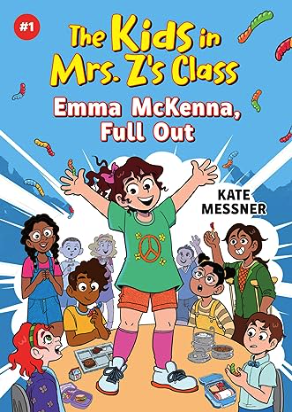



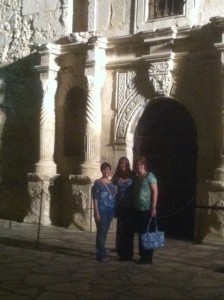
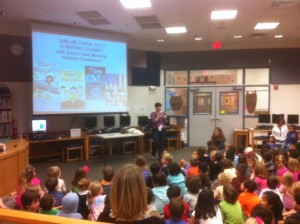
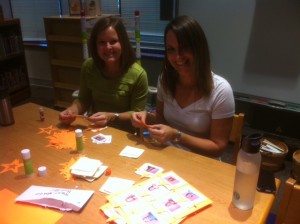
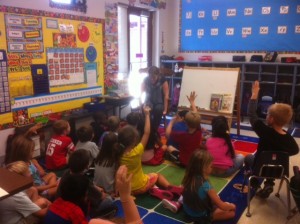
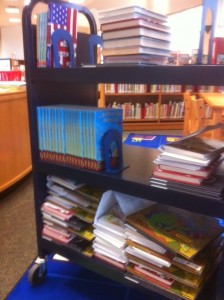
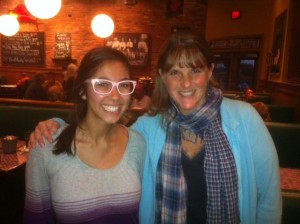

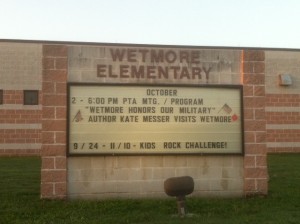
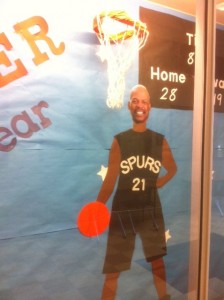
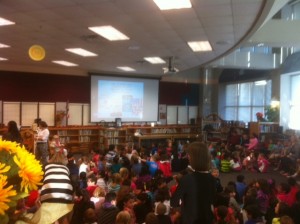
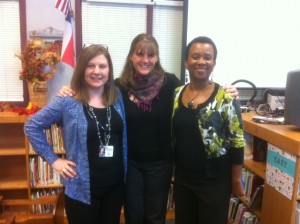
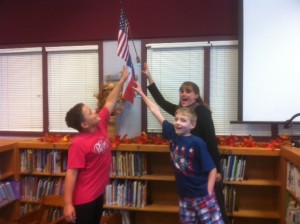
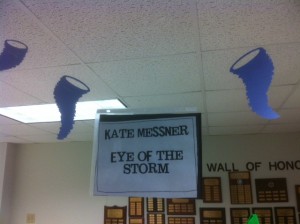
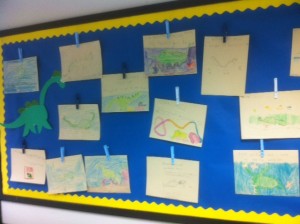
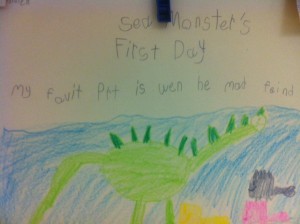
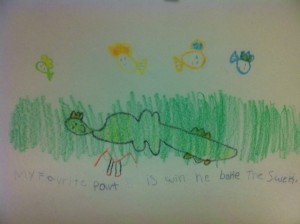
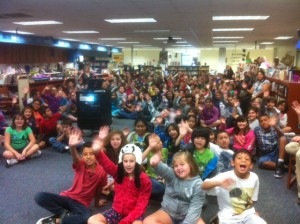
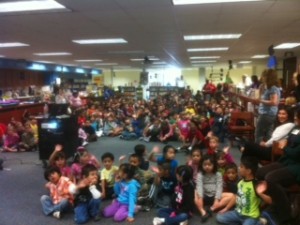
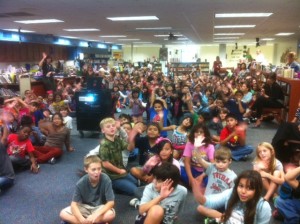
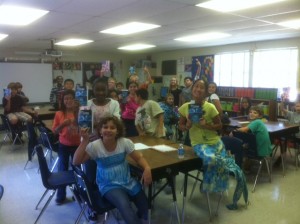

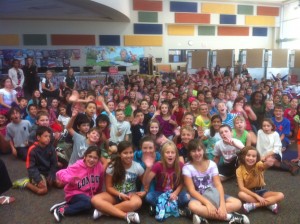
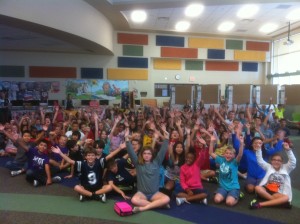
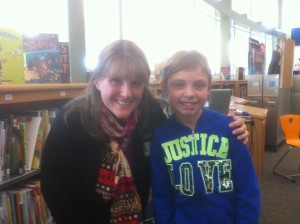
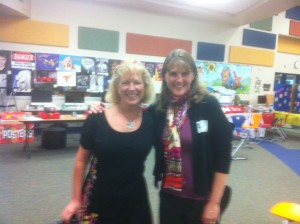
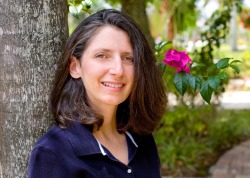 Now that you’re back to school, it’s vital to feed and nurture your creative spirit. These tips, ideas and resources will help you stay creative throughout the year.
1. TAKE TIME OFF to renew, refill and relax.
Read a great book . . . or a trashy one. Kick back with a fun magazine. A comic book.
Yoga and meditation encourage the brain’s alpha waves. These alpha waves are linked to relaxation and creativity.
Get out! Walk in a park or by the beach. Paddle a kayak, ride a bike, climb a mountain!
Make something – jewelry, a bird feeder, a pie. (If you make a peach cobbler, please send it to me!)
Take time off from screens. Give your brain a break from the constant stimulation. I enjoy screen-free Sundays whenever possible – no TV, computer, smart phone, etc. On screen-free Sundays, I connect more with people, nature and books. (And the pooches!)
2. GIVE YOURSELF PERMISSION TO FAIL
Anne Lamott, author of the well-loved book –
Now that you’re back to school, it’s vital to feed and nurture your creative spirit. These tips, ideas and resources will help you stay creative throughout the year.
1. TAKE TIME OFF to renew, refill and relax.
Read a great book . . . or a trashy one. Kick back with a fun magazine. A comic book.
Yoga and meditation encourage the brain’s alpha waves. These alpha waves are linked to relaxation and creativity.
Get out! Walk in a park or by the beach. Paddle a kayak, ride a bike, climb a mountain!
Make something – jewelry, a bird feeder, a pie. (If you make a peach cobbler, please send it to me!)
Take time off from screens. Give your brain a break from the constant stimulation. I enjoy screen-free Sundays whenever possible – no TV, computer, smart phone, etc. On screen-free Sundays, I connect more with people, nature and books. (And the pooches!)
2. GIVE YOURSELF PERMISSION TO FAIL
Anne Lamott, author of the well-loved book – 